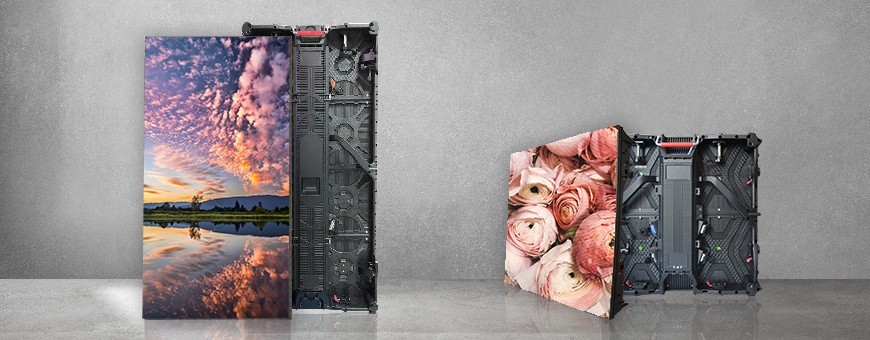Investigating the Durability of LED Display Panels in Contrast to Traditional Screen Technologies
Investigating the Durability of LED Display Panels in Contrast to Traditional Screen Technologies
Blog Article
Light-emitting diode panel screens have become increasingly favored in recent years, especially in environments like educational institutions, corporate spaces, and public areas. These panels use light-emitting lights (LEDs) to create bright and vibrant images. One of the most notable benefits of LED technology is its durability in contrast to traditional display technologies, such as CRT tube tubes (CRTs) and liquid crystal displays. Understanding the distinctions in duration and functionality between these technologies can help consumers make informed decisions about their display needs.
Traditional screen methods, like CRTs, have been around for numerous years. They were frequently used in TVs and computer monitors. However, CRTs have a limited lifespan, generally lasting approximately 10,000 to 20,000 hours of operation. This means that after a couple years, users may notice a deterioration in image quality, such as dimming or color distortion. In comparison, LED panel panels can last considerably longer, often exceeding 50,000 hours. This prolonged lifespan means that users can experience reliable performance without the requirement for regular replacements.
Another important aspect to take into account is energy conservation. LED panel panels consume less energy than traditional displays, which not only benefits the ecosystem but also reduces power costs. For instance, while a CRT monitor may consume approximately 100 W of power, an LED panel can consume as few as 30 to 50 watts. This discrepancy in power consumption contributes to the overall longevity of LED innovation, as reduced power usage generates minimal heat. Excessive thermal energy can harm electronic components, resulting to a reduced lifespan for traditional screens.
In furthermore to their longer duration and power efficiency, LED wall screens also provide superior visual clarity. They provide brighter hues and improved contrast, making them ideal for various uses, from advertising to educational presentations. The technology behind LED panels enables for a broader viewing angle, meaning that visuals stay sharp and vibrant even when viewed from the flank. This is a major benefit over traditional screens, which frequently experience from color distortion and reduced luminosity at broader perspectives.
In conclusion, the longevity of LED wall screens in contrast to traditional display technologies is a crucial aspect for consumers to consider. With lifespans that can surpass 50,000 hrs, energy efficiency, and enhanced visual clarity, LED technology offers many benefits. As technology continues to progress, LED panel panels are probably to turn see this page even more common in multiple settings. Understanding these differences can help people and entities make improved decisions when purchasing in display technology, guaranteeing they get the optimal value for their requirements.